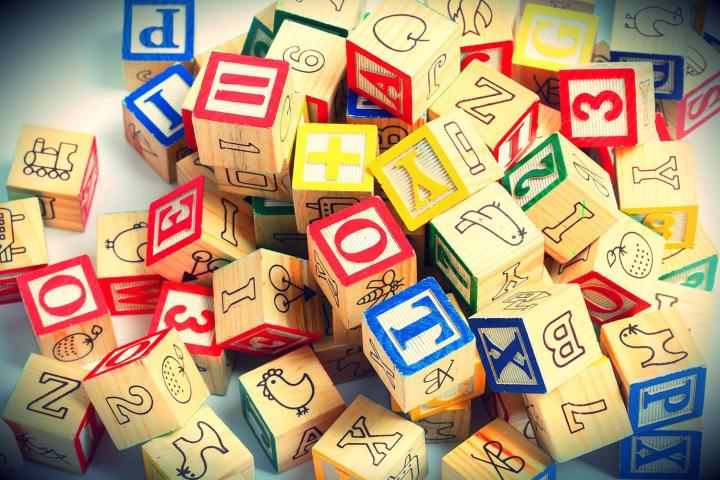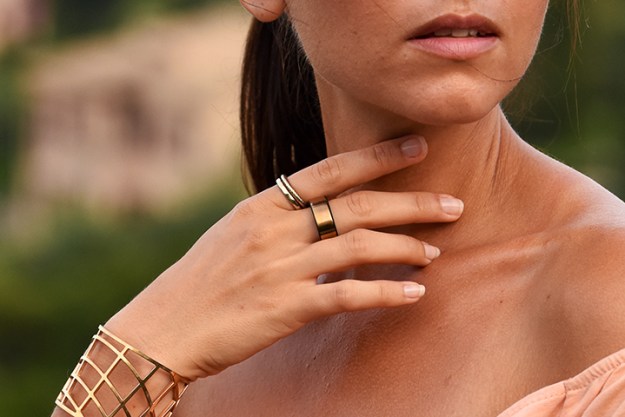
“We’re committed to developing new technologies that will help move health care from reactive to proactive,”Andrew Conrad, head of the life sciences team at Google said in a related statement. “This collaboration is another step towards expanding monitoring options and making it easier for people with diabetes to proactively manage their health.”
The new monitor, which will be the size of a small bandage, will leverage DexCom’s expertise with glucose sensor technology and Google’s penchant for tiny devices and big data. The cloud-connected device is expected to completely replace the annoying finger sticks that many with diabetes have needed to endure in the past.
It’s been a busy week for Google, which recently announced the birth of its parent company, Alphabet, under which its life sciences division operates as a separate entity. And with this announcement comes the first of many innovations that we can expect from the newly autonomous branch of the company.
With 29 million people suffering from diabetes in the United States, it is no wonder that Google is making moves into the glucose monitoring space. This latest partnership with DexCom is actually the second of its nature — last year, Google partnered with Novartis to create a glucose monitoring contact lens.
While the arrival of these products still remains some years away, there are certainly exciting developments brewing in the intersection of health and technology. Steve Pacelli, DexCom’s executive vice president of strategy and product development, explained why he believes the new wearable will be success, saying, “You get it to the point where you overcome basically all of the objections that a patient would have to wearing the device — it talks to your phone, it doesn’t have to be calibrated, you don’t take fingersticks anymore — there really isn’t a reason that you couldn’t get very significant penetration into the Type 1 market in the U.S.”
And we just can’t wait to see it.


